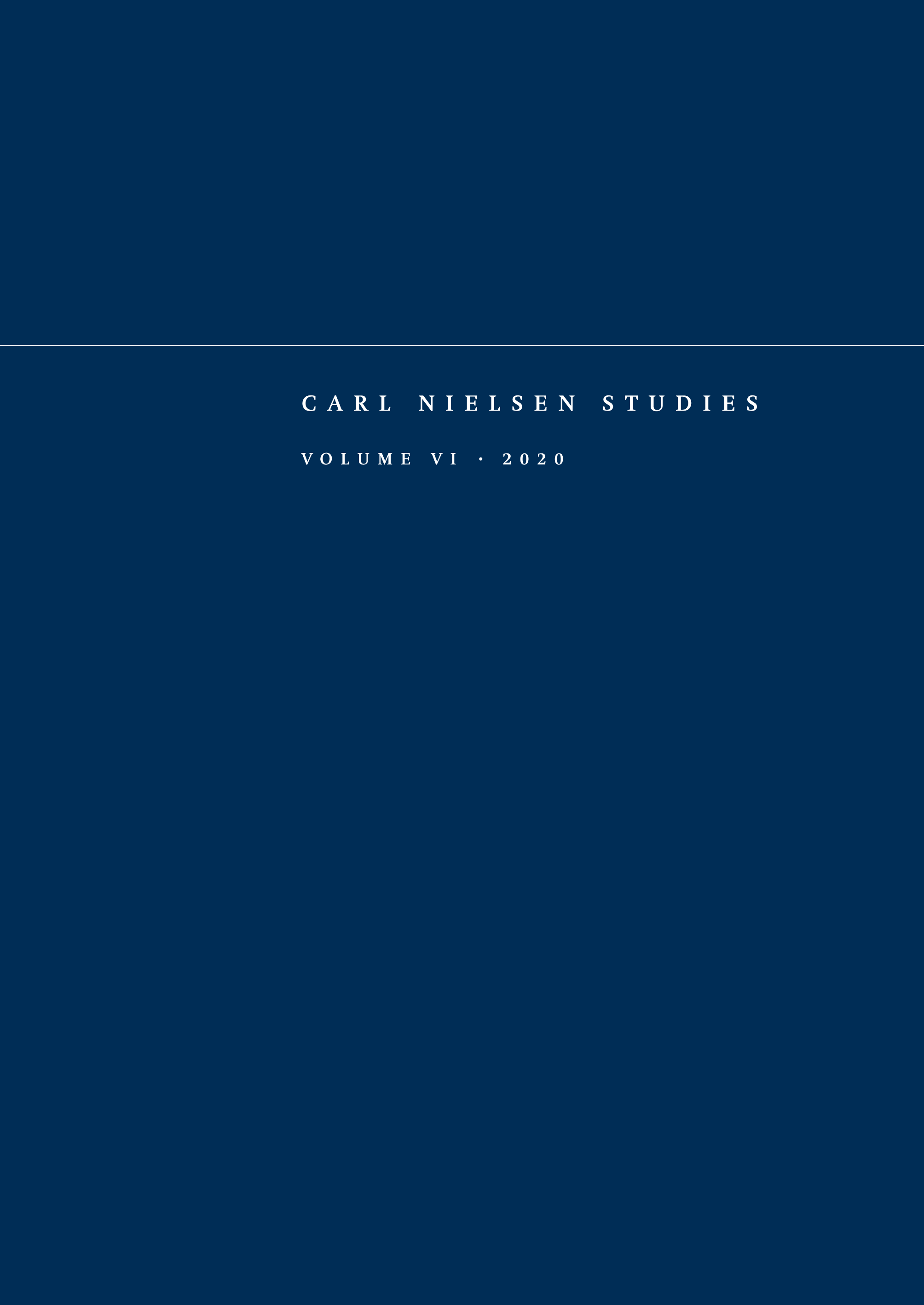Nielsen, Shakespeare and the Flute Concerto: From Character to Archetype
DOI:
https://doi.org/10.7146/cns.v6i0.122251Abstract
In June 1916 Nielsen supplied incidental music for the tercentenary Shakespeare celebrations in Hamlet’s castle of Kronborg, Helsingør (Elsinore). The three choruses and two songs he composed constitute one of his least-known works. But they had a legacy, and not only in the final choral number, which, to other words, subsequently became a candidate for Danish national anthem. Shortly after the event, Nielsen confided that he found Ariel and Caliban (for each of whom he had composed a sharply characterful song) so fascinating that he was considering writing an instrumental work based on their contrasting temperaments. This he never did, at least not overtly. However, ten years later the drastic instrumental contrasts in his Flute Concerto invite a reading based on the Ariel/Caliban duality. The distinctiveness of the concerto’s confrontation between the flute solo and the orchestral bass trombone has long been recognised. However, this duality takes on a more focused and at the same time broader significance when viewed in the light of Nielsen’s life-long, albeit mainly indirect, engagement with Shakespeare. Suggesting how a composer’s occasional character-music may re-emerge in their concert work in the guise of archetypes, our article seeks to contribute to a growing field of investigation into the relationship between ‘applied’ and concert music.
Downloads
Published
How to Cite
Issue
Section
License
- Authors retain copyright and grant the journal right of first publication with the work simultaneously licensed under a Creative Commons Attribution License that allows others to share the work with an acknowledgement of the work's authorship and initial publication in this journal.
- Authors are able to enter into separate, additional contractual arrangements for the non-exclusive distribution of the journal's published version of the work (e.g., post it to an institutional repository or publish it in a book), with an acknowledgement of its initial publication in this journal.

